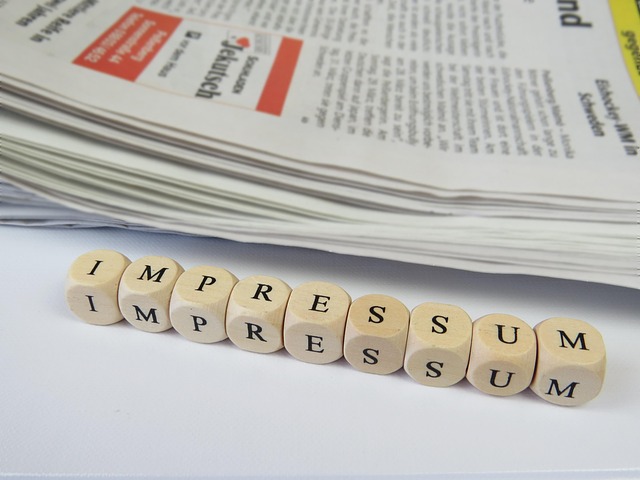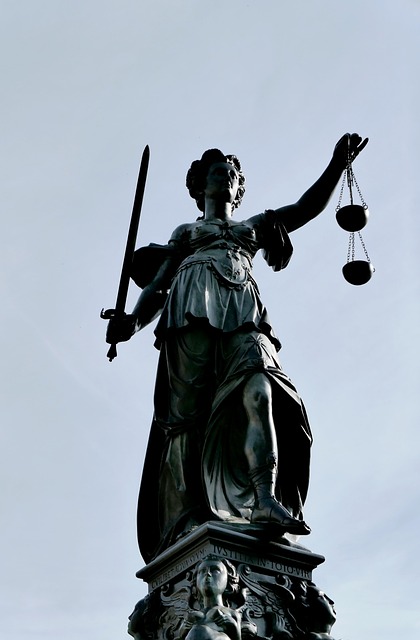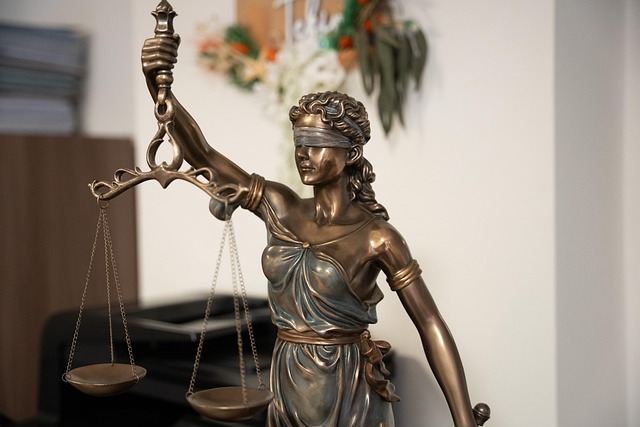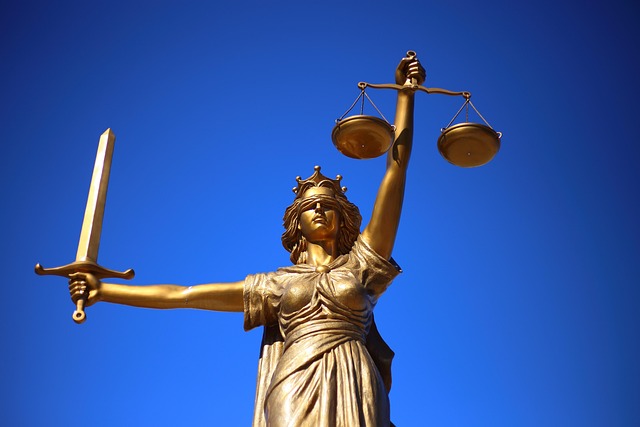Public corruption trials heavily rely on interpreting laws surrounding bribery, embezzlement, and power abuse, with jury demographics significantly influencing verdicts. Research shows demographic factors can bias interpretations of evidence, affecting outcomes in high-stakes cases. Ensuring diverse juries is vital for fair justice, as it incorporates community expertise to navigate complex schemes. The impact of these demographics must be acknowledged to maintain fairness, with strategies like blind jury selection and challenging biases during voir dire aiming to produce just verdicts free from skewed perceptions.
“Uncovering the intricate web of public corruption charges and their judicial implications, this article delves into the critical legal aspect of maintaining fair trials. With a focus on understanding public corruption from a legal standpoint, it explores how jury demographics significantly influence verdicts.
We dissect strategies to mitigate bias, emphasizing the importance of diverse jury selection and mindful deliberation processes for ensuring justice. By examining these factors, we aim to highlight effective approaches to safeguard the integrity of the judicial system, particularly in cases involving public corruption.”
- Understanding Public Corruption Charges: A Legal Perspective
- The Role of Jury Demographics in Corrupting Verdicts
- Mitigating Bias: Strategies for Fair Jury Selection and Deliberations
Understanding Public Corruption Charges: A Legal Perspective

Public corruption charges are a serious matter, carrying significant legal implications for both individuals and corporations. When a public official or company is accused of corrupt practices, it’s essential to understand the complexities of the legal system involved. From a legal perspective, these cases often hinge on intricate definitions and interpretations of laws related to bribery, embezzlement, and abuse of power. The impact of jury demographics on verdicts plays a crucial role in shaping the outcome.
An unprecedented track record of successful prosecutions demonstrates the effectiveness of legal strategies in combating corruption. Both corporate and individual clients face scrutiny under the law, ensuring that no respective business interests are shielded from investigation. This strict adherence to justice is vital for maintaining public trust and integrity within government institutions and corporations alike.
The Role of Jury Demographics in Corrupting Verdicts

The makeup of juries has been a subject of interest in legal circles for decades, with research examining how demographic factors might influence decision-making. The impact of jury demographics on verdicts, particularly in high-stakes cases like public corruption charges, cannot be overlooked. Studies suggest that the background and characteristics of jurors can significantly shape their perceptions and interpretations of evidence, potentially leading to biased outcomes. For instance, a jury composed predominantly of individuals from a specific socio-economic group might bring unique perspectives that could affect how they interpret financial transactions or assess the intent behind seemingly innocuous actions, which are often at the heart of white-collar and economic crimes cases.
Across the country, the diversity of juries has been a topic of both celebration and scrutiny. While a representative jury is essential for ensuring justice, the presence or absence of certain demographics can impact the overall decision-making process. This is especially pertinent in public corruption trials, where complex financial schemes are often difficult to unravel without the expertise of a jury that reflects the community at large. Understanding the impact of these demographic factors on verdicts is crucial for maintaining fairness and ensuring that justice is served consistently across different economic and social backgrounds.
Mitigating Bias: Strategies for Fair Jury Selection and Deliberations

Ensuring fair jury selection is paramount to maintaining the integrity of any legal process, especially in public corruption cases where public trust is paramount. The impact of jury demographics on verdicts cannot be overlooked; diverse juries bring a range of perspectives and experiences that can enrich deliberations. However, biases inherent in selection processes may influence outcomes, hence strategies are required to mitigate these.
One effective approach involves implementing blind jury selection methods, where potential jurors’ personal information is hidden from view until they’ve been screened for basic qualifications. This reduces unconscious bias based on race, gender, or socio-economic status. Moreover, general criminal defense attorneys can play a crucial role in challenging biased veiled assumptions during voir dire, promoting an inclusive and impartial jury. By utilizing these strategies, the goal is to achieve winning challenging defense verdicts that reflect justice rather than skewed perceptions.
Public corruption charges are a complex issue that demands a multifaceted approach. Understanding the legal implications, recognizing the influence of jury demographics on verdicts, and implementing strategies to mitigate bias are crucial steps towards ensuring fair justice. The impact of jury demographics on verdicts cannot be understated, as it has the potential to undermine the integrity of the judicial process. By focusing on these key areas, we can work towards a more equitable system that minimizes the influence of biased perceptions and promotes impartiality in public corruption trials.






